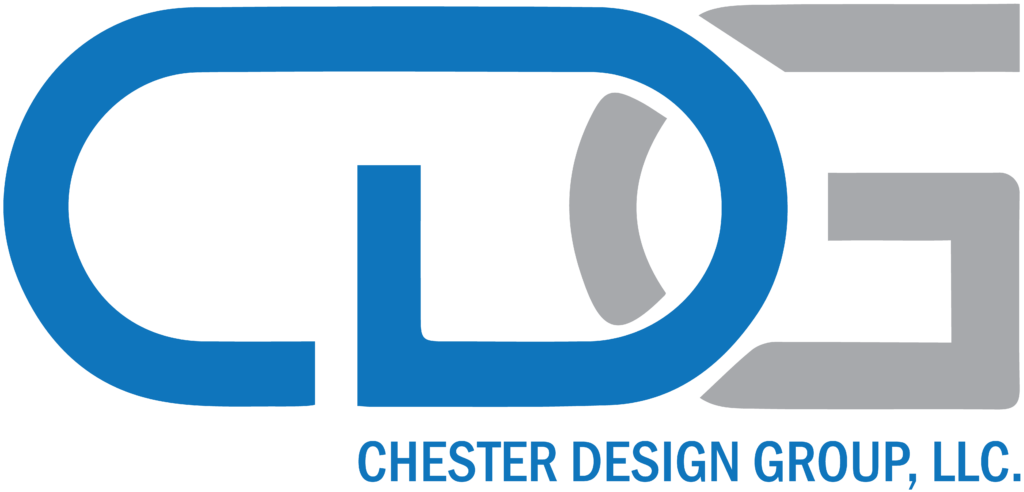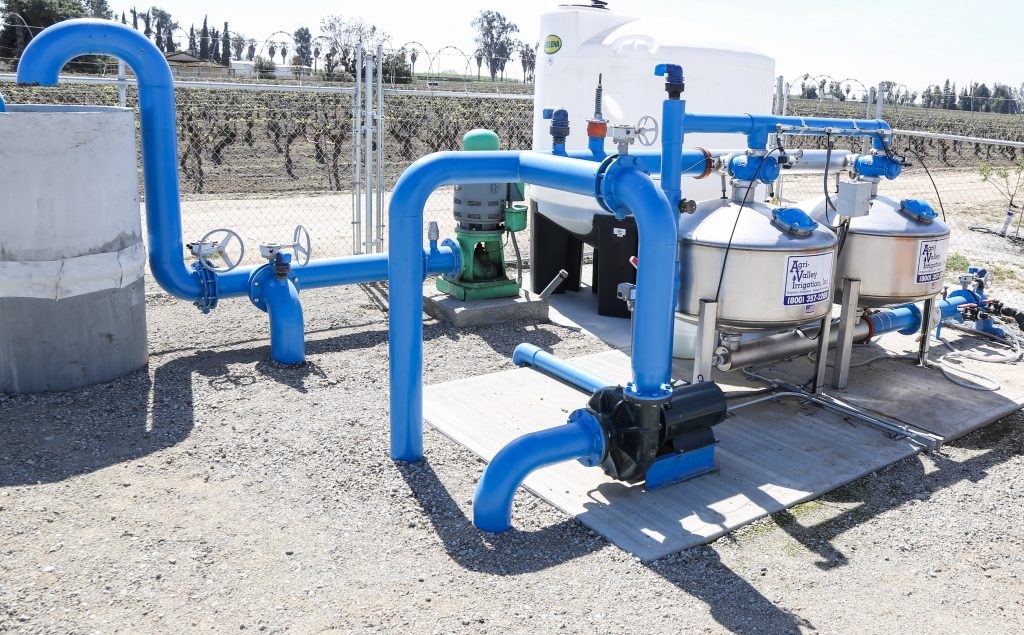Keeping an eye on pump station designs is essential in chasing quality services in construction. The better option for the people enrolled in these services is to look at the utility designs and engineers that can help you with the best quality services. Today, engineers of pump station design often enroll in 3D scanning and 3D modeling in pump stations to check out a lot of components associated with their design. Within these components, there is a quality room for cost savings overall. One of the most important things companies enrolled in pump station design is to understand how to save money on pump stations, and one of the best ways to understand what costs the most in a pump station design.
Overall, the primary cost for pump stations is associated with the structural components of the system. Considering the cost matrix, concrete is the most affordable option, followed by fiberglass and welded steel. After selecting the materials, size is the most vital option. Trying to reduce the diameter of the well where the pump station designs are seen can significantly impact the cost of the concrete. However, even more, important than the diameter is the depth of the well. Deep walls have higher manufacturing costs, but the installation cost of a well increases at a near exponential rate as it goes deeper. Therefore, engineering the pumping system as shallow as possible and with a small well diameter can reduce the overall design cost.
Does the Engineering of Pump Station Design Impact the Cost?
When engineers and contractors consider all the elements of a pump station, one element that cannot be seen closely in the pump station design is the available power at the pump station site. For example, if there is a 3-phase power available, the pump station design is straightforward, but it needs to be addressed if only single-phase power is available. Therefore, before designing the system, choices about the power need to be made, and there are several options for creating a pump station around the available site power.
The best option in this power supply approach is to bring in 3-phase power for the actual station. This approach provides the best active solution for pump selection and lifts station design, but the overall cost to bring in 3-phase power can range from inexpensive to cost-prohibitive. The following approach converts single-phase power to 3-phase power and use 3-phase pumps. Also, this approach provides an excellent lift station design but includes the associated costs of power conversion. The final option is using single-phase power with single-phase pumps. This approach is inexpensive, but it somewhere restricts the available pump options for the station, which may not be able to handle the pumping requirements.
How Does the Reliable Control Panel Make the Pump Station Design More Functional?
The pump station control panel represents another area of design that can substantially impact the cost of the system. The best way to estimate added costs to the pump station control panel is to evaluate the analog components used in the pump station. Parts like pumps and mechanical floats use relay switches, which essentially communicate ON and OFF signals to the controller. Analog components like current and pressure transducers use analog communications that require a 4 to 20mA signal. An analog controller must interpret a varying range of electric signals from 4 mA to 20 mA instead of ON and OFF signals. A more capable control device is required for the panel to decode the analog signal. Adding devices that require an analog controller costs the control panel structure.
These are just a few glimpses of how pump station designs can add or reduce costs. In addition, other costs can be affected by considerations like traffic ratings, panel enclosure requirements, or valve assemblies. When we deep dive into the construction costs of pumping stations, it mainly includes civil construction costs and equipment costs, including pumps, cranes, and other ancillary equipment.
Final Words
Each pump station is different, and every system must be designed to function correctly for a long time. Chester Design Group always makes sure that each pump station design with the customer-required functionality is not messed with any cost-saving design techniques that can employ. Contact Chester Design Group today to see how our engineers can help you with compressor and pump station designs with other construction services of your interest!

